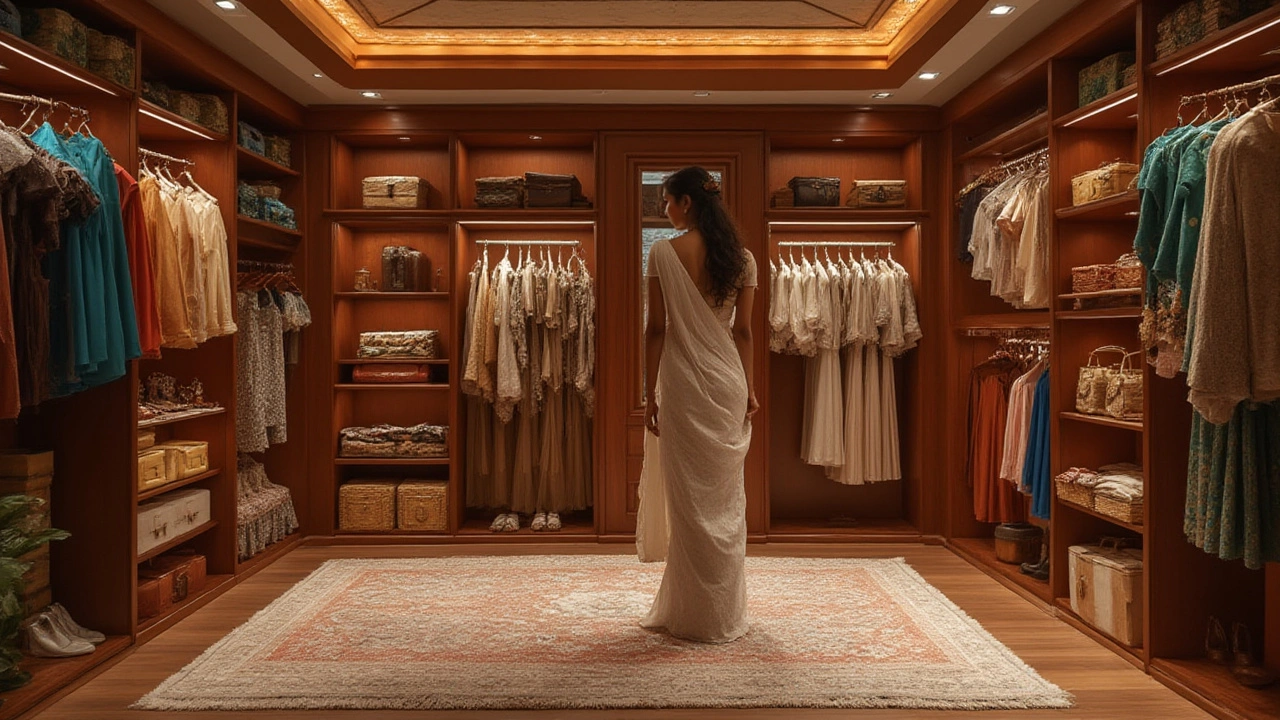Walk‑In Closet Design Tips: Make the Most of Your Space
Dreaming of a walk‑in closet that actually works? You don’t need a huge room or a big budget to get it right. Start by measuring the floor, ceiling height, and any obstacles like windows or doors. Write down the length of each wall and note where you can place rods, shelves, and drawers. Those numbers will become your blueprint and keep you from buying the wrong size pieces.
Next, think about how you use your clothes. Do you have lots of hanging items, shoes, or accessories? Group similar pieces together and plan zones: one area for hanging tops, another for pants, a shoe wall, and a drawer bank for small items. When everything has a home, you’ll spend less time hunting for that favorite shirt.
Plan Your Layout for Flow and Function
The easiest layout is a simple “U” shape – two walls of hanging space and a third wall of shelves or drawers. If your room is narrow, a “L” shape works better and leaves space for a small bench or island. Keep the center clear so you can walk around comfortably; a width of at least 3‑4 feet feels open and prevents a cramped feeling.
Don’t forget lighting. Overhead LED lights give even illumination, while LED strips under shelves add a touch of style and make it easier to see shoes and accessories. A motion‑sensor switch eliminates the need for a dark switch on the wall.
Smart Storage Solutions That Save Space
Use double‑hang rods to stack short items like shirts and skirts. A pull‑out shoe rack lets you see every pair without digging. For accessories, install a tiered pull‑out tray or a pegboard that holds belts, ties, and jewelry. These small additions keep clutter off the floor and make everything visible.
Consider adjustable shelves. Sliding them up or down lets you fit tall boots one day and a stack of handbags the next. Built‑in baskets or fabric bins slide out for quick access and hide messy items like scarves or workout gear.
If you have a deep closet, add a pull‑out ironing board or a built‑in laundry hamper. It turns an unused nook into a functional feature and reduces the need for extra furniture elsewhere in the room.
Finally, add a personal touch. A nice rug, a couple of framed photos, or a stylish mirror can make the space feel like a boutique rather than just storage. Keep colors light and neutral to make the room feel larger, and sprinkle in a few bold accents for personality.
With these steps, you’ll have a walk‑in closet that’s organized, beautiful, and easy to use every day. Start with measurements, map out zones, add smart storage, and finish with lighting and décor. Your wardrobe will thank you, and you’ll love the extra time saved each morning.
What Do Americans Call a Walk-In Wardrobe? US Closet Terms Explained
Dive into what Americans call a walk-in wardrobe, the reasons behind the term, how designs differ, plus tips, facts, and cool closet stats every homeowner will love.





